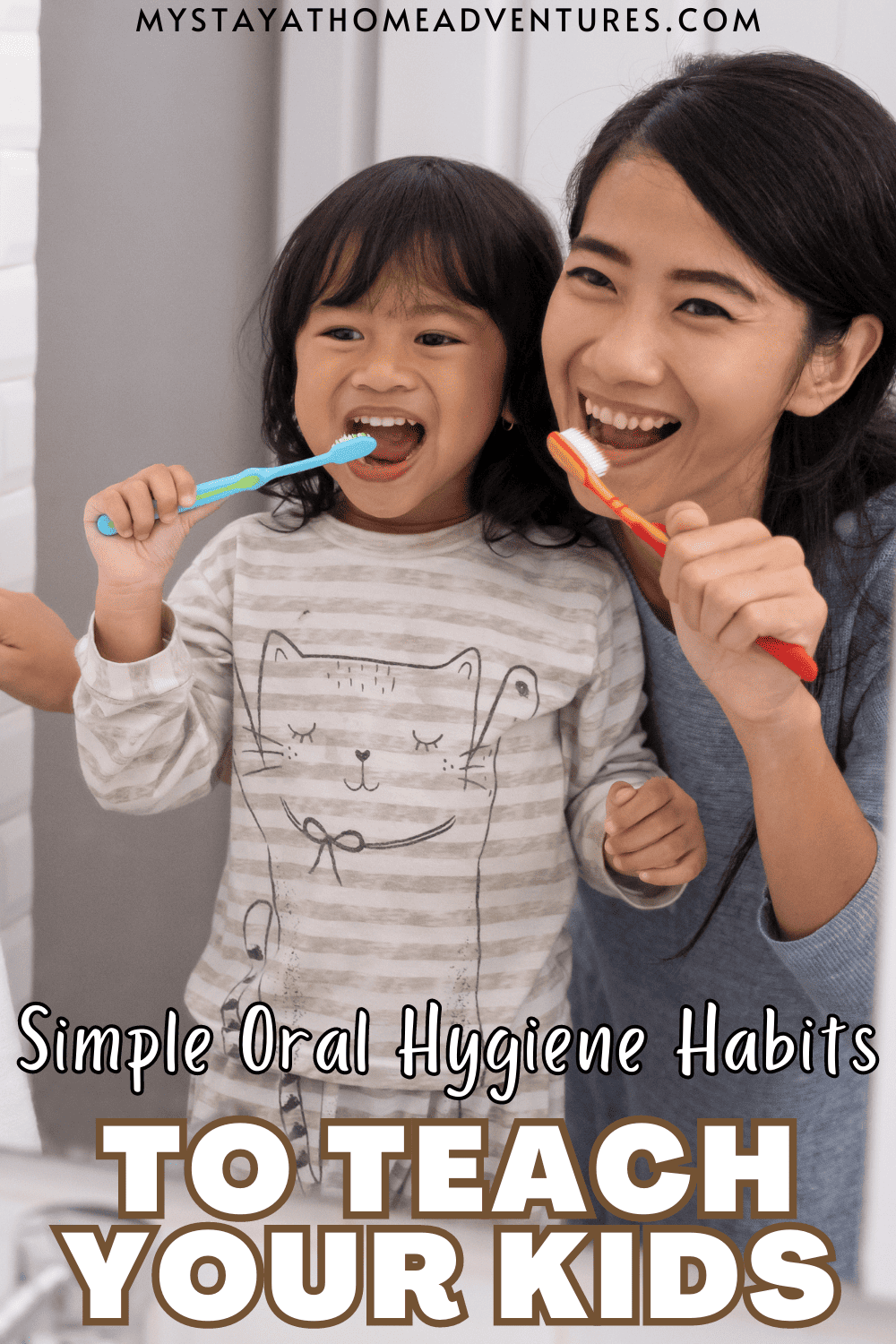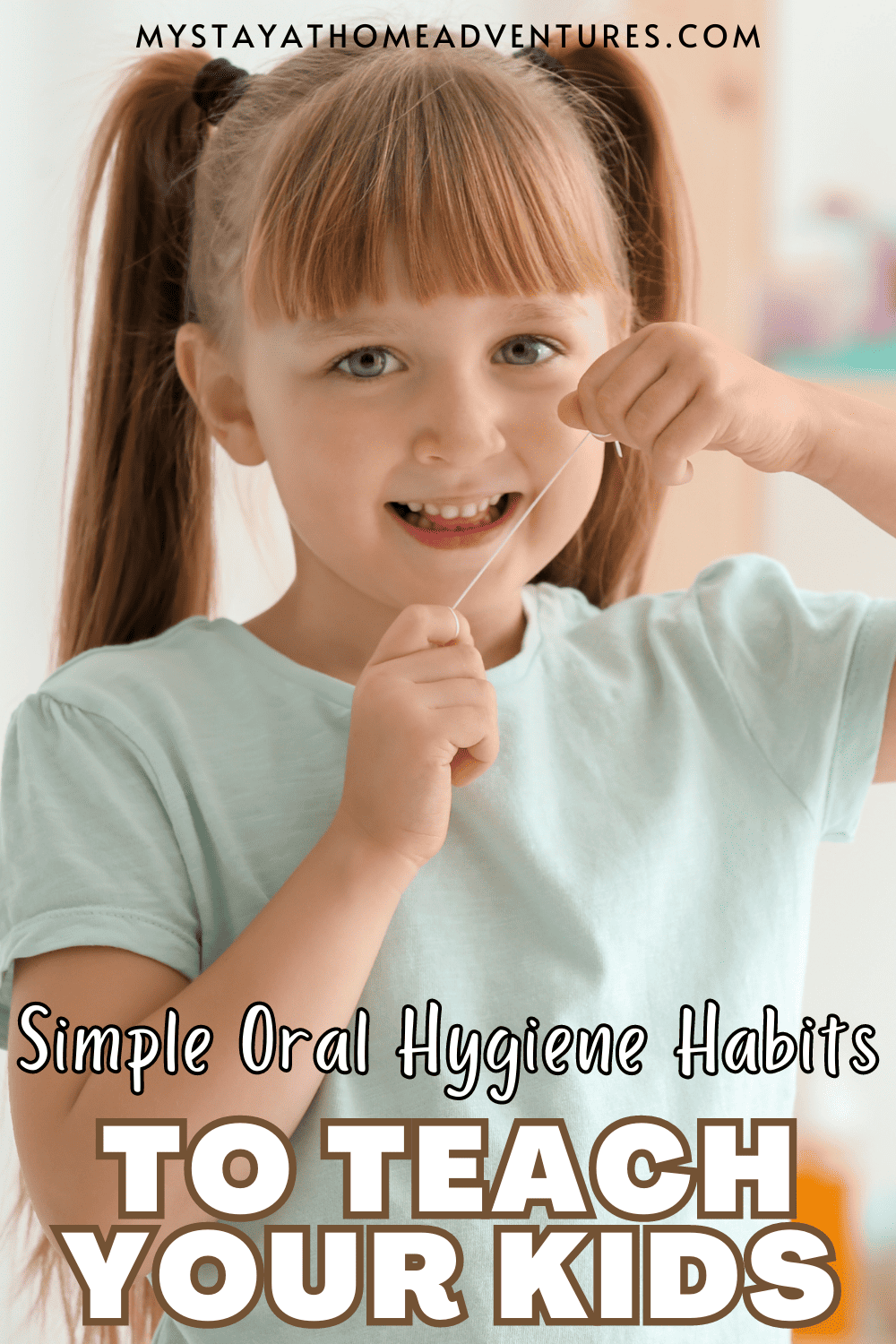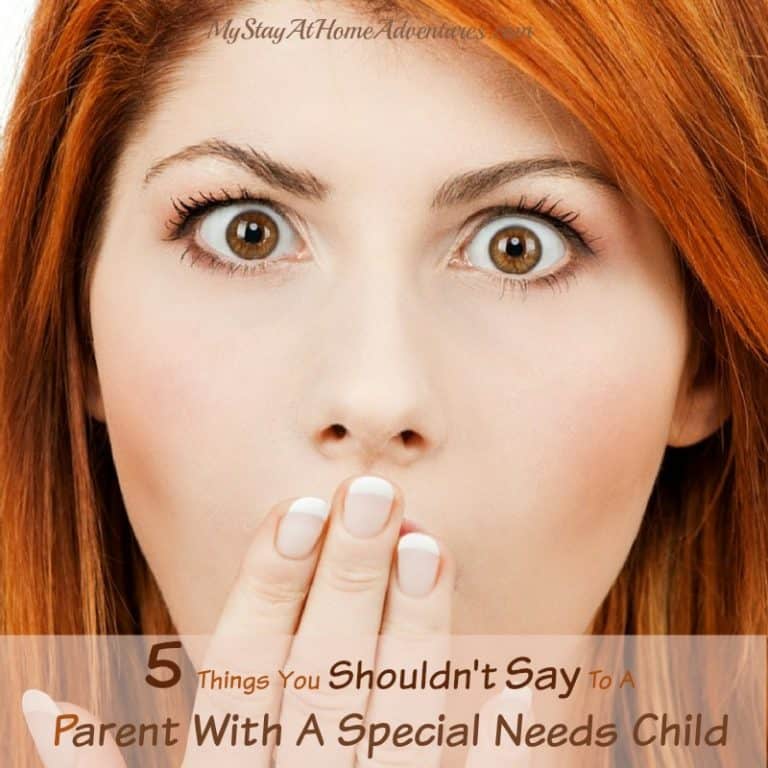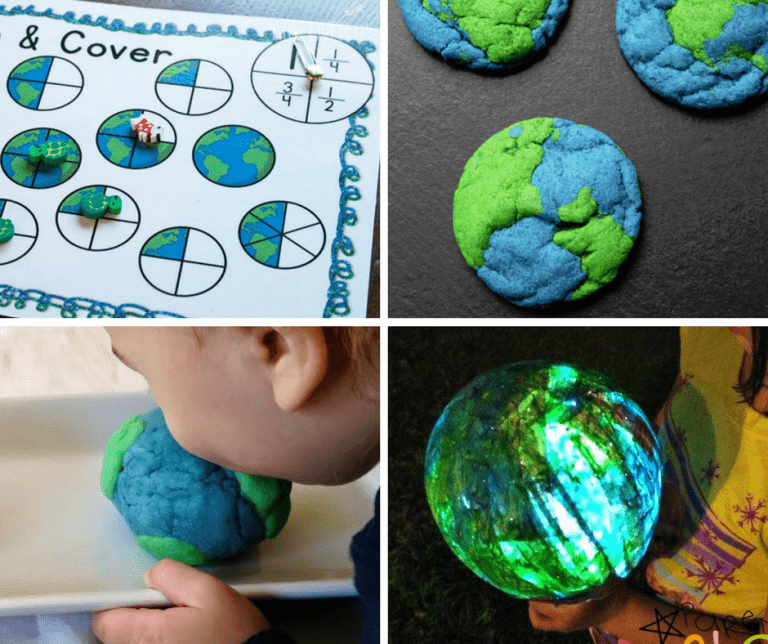Simple Oral Hygiene Habits To Teach Your Kids
This post may contain affiliate links which might earn us money. Please read my Disclosure and Privacy policies hereOral hygiene plays a key role in your child’s health and well-being. Nevertheless, the CDC reveals that tooth decay is one of the most common childhood diseases in the United States. Over 50% of children aged between 6-8 have at least one cavity in their baby teeth, while over 50% between 12-19 have at least one cavity in their permanent teeth.
Fortunately, with good dental care, cavities and gum disease are preventable. By teaching your children a good oral hygiene routine from an early age, you can instill habits that keep their smiles healthy for life.
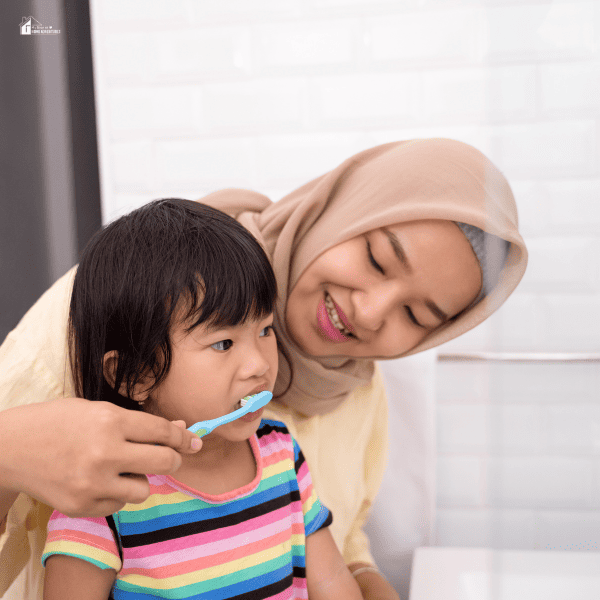
Brushing teeth
Babies usually start developing teeth within six to twelve months. You can start brushing your baby’s teeth with a baby toothbrush and a tiny dab of toothpaste as soon as any teeth come through.
Once your children reach around four years old, you can start teaching them healthy oral hygiene habits they can do themselves. In particular, it’s important to teach your kids to brush their teeth at least twice a day with fluoride toothpaste — although you’ll need to take charge of the brushing until your child has developed good brushing skills themselves.
If your child is younger than six, you’ll also need to supervise them while they brush their teeth to ensure they’re doing it properly. They should use a pea-sized amount of toothpaste, and always spit it out once they’re done — rather than swallow. Rinsing out the mouth with fresh water is also an important way of getting rid of any toothpaste residue.
All children lose their baby teeth at some point, usually between the ages of six and seven — although they can also be older or younger than this. So, it’s important to teach your children that losing their baby teeth is a normal and natural milestone all kids go through. Tell them it’s a reason for celebration rather than concern.
Once a tooth becomes loose, please wait for it to fall out naturally. Your child may be tempted to wiggle the tooth, but it’s important to never pull the tooth out by force. If your child finds it difficult to eat or brush due to a loose tooth, you can, however, try speeding up the process, as the American Dental Association advises.
So, if your child is okay with it, try placing a tissue over your child's loose tooth and squeezing it gently. The tooth will come away naturally if it’s ready to do so.
When it comes to teaching your children to brush their teeth, be sure to provide them with kid-friendly toothbrushes — these are designed to fit comfortably in small mouths while being easy to hold and move.
They also have soft bristles suitable for developing gums. You can also teach your children simple techniques to ensure they’re brushing correctly. So, for instance, the brush should be held at a 45-degree angle against the gum line.
Then, you should slowly and gently move the brush in small, tight circles — this is the most effective and gentle way to remove plaque. You should also take care to brush each and every tooth.
Here, it can be helpful to split the mouth up into sections — the upper left, lower left, upper right, and lower right, for instance. Strive to brush each section for thirty seconds, aiming to brush your teeth for two minutes in total. A stopwatch can be used to give your kids an idea of how long two minutes is.

Flossing teeth
Flossing should be another key step in your children’s oral health routine. It removes as much as 80% of dental plaque, therefore preventing cavities and periodontal disease. Flossing becomes essential as soon as they develop two teeth side by side — usually around the ages of two to three.
Although regular brushing eliminates much of the dental plaque in your child’s mouth, there are some areas a toothbrush can’t reach — like under the gums and in between the teeth, in particular.
Flossing effectively removes hard-to-reach plaque and debris, polishes the teeth' surface, and keeps bad breath at bay. Until children are a fair bit older — at least eight years old — they usually need an adult’s help to floss correctly.
When your children are just learning to floss, they may prefer a tool like a floss holder or pre-threaded flosser. This device is easier to grip, so can be particularly useful for small hands or children without full mobility or dexterity in their arms or hands.
Your children should floss once a day for around two to three minutes at a time. There’s no one set method of flossing, so you may want to experiment with different ways to find what your kids find easiest. For instance, the loop method involves cutting a floss length of around 18 inches.
You can then shape the floss into a circle and tie the ends together before placing your fingers (but not your thumb) inside the loop. You can then start flossing your lower teeth using your index fingers to direct the floss in the right direction. When you’re ready to floss your upper teeth, your thumbs can guide the process.
Alternatively, the spool method involves cutting a length of floss between 18-20 inches. You then wrap each end of the floss around both your middle fingers — don’t do this too tightly. Next, slowly move the floss in between the teeth. You’re aiming an up-and-down motion that reaches below the gum line — don’t move from side to side.
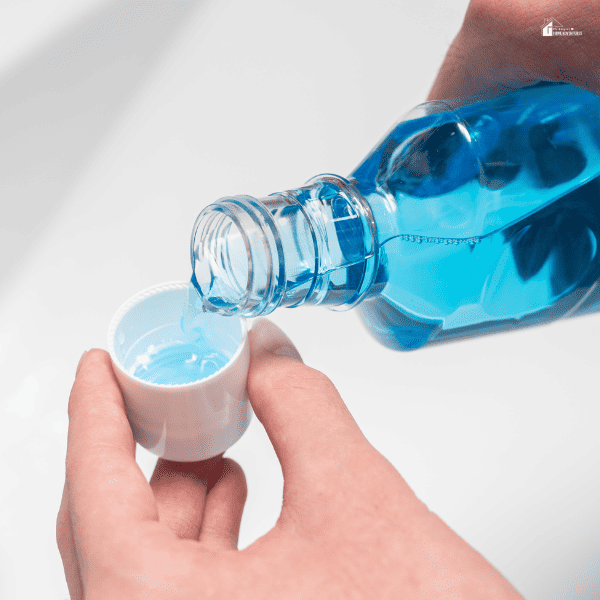
Using mouthwash
Mouthwash keeps breath fresh, and it can also fight cavities as long as it contains fluoride. However, according to the American Dental Association, mouthwash isn’t suitable for children under six. Young children run the risk of accidentally swallowing mouthwash, which can result in nausea and vomiting.
So, teaching your children to use mouthwash only once they’re old is important. Since some mouthwashes also contain alcohol, always start your children on an alcohol-free one. Alcohol works to kill nasty oral bacteria, yet it’s not safe for children.
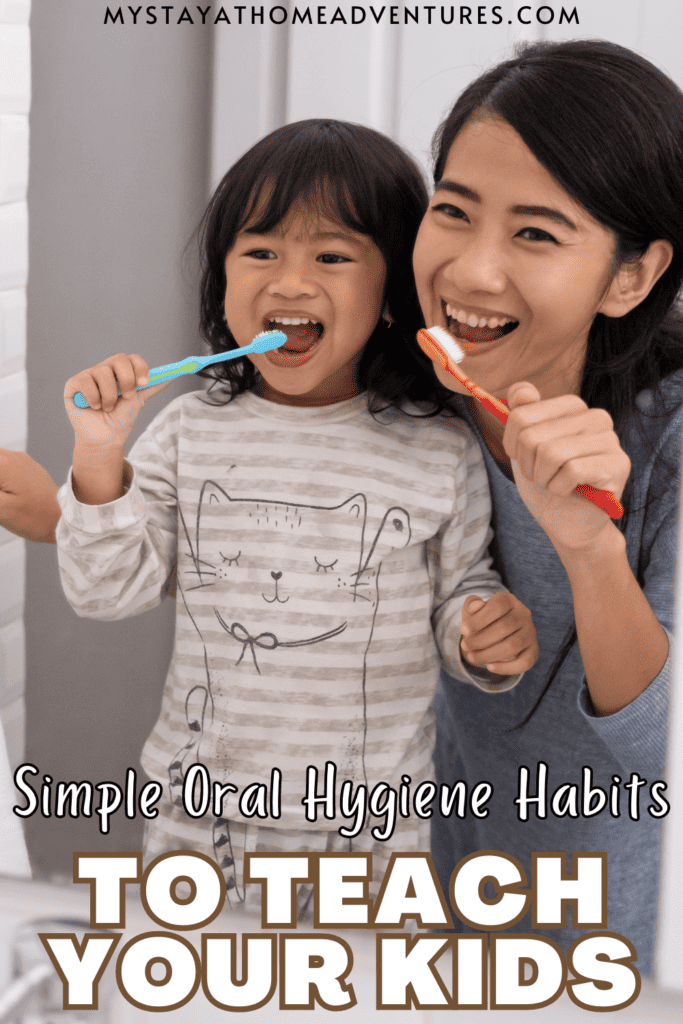
Children between six and twelve years old should always be supervised when using mouthwash to ensure they’re doing it correctly and not swallowing. It can be challenging for children to do a swishing motion and resist the temptation to swallow.
To see if your child’s old enough to use mouthwash, get them to start with water. Can they take a sip and swish it around their mouth before spitting it out? If they can do this, they’re probably ready to use mouthwash.
When teaching your kids to use mouthwash, a timer game can be a fun and effective way to get them used to this new habit. Grab a stopwatch, and time your children for around one minute as they swish the mouthwash around their mouths. Once the minute’s up, shout “spit!” or “go!” — meaning it’s time for them to spit it out into the sink.
Teaching your kids to care for their oral health is key to healthy smiles. By teaching them how to brush and floss their teeth and use mouthwash, you can help them avoid cavities and gum disease for life.

